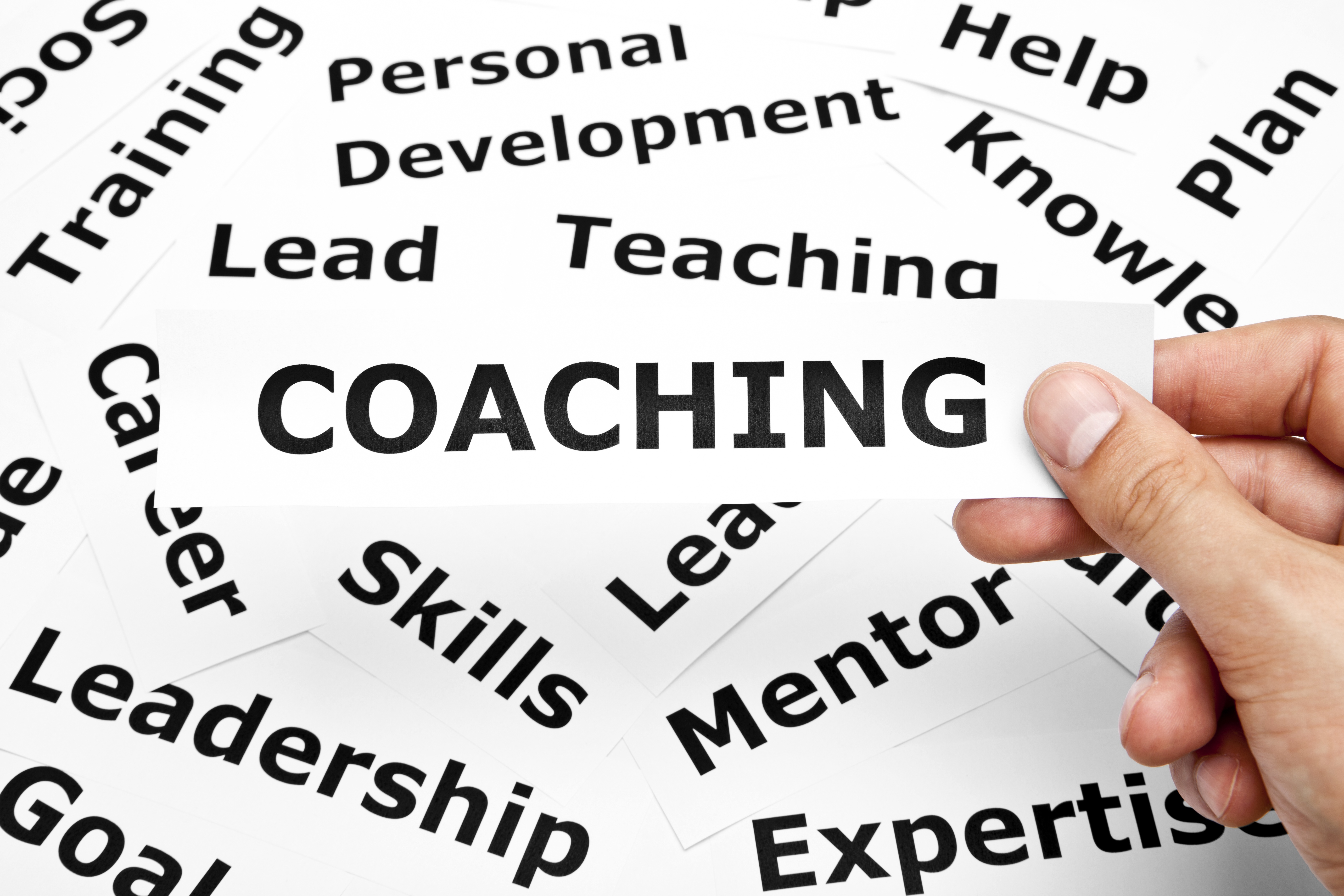Everyone goes through their youth years with a few ups and downs; fortunate are those who pass through without much trouble or obstacles. However, for each passing generation, it’s an emotional roller-coaster ride. Young people of today face an ever growing challenging environment and the situation gets complex by each passing minute. When we ask our next generation i.e. today’s young people, what are their plans for the future? They do not give much explanation! Why? Because they are not sure what to say. Moreover, they lack the practical information on what they are being taught at homes, in their neighbourhoods and even at educational institutions which are somewhat impractical for the real life.
Whenever, I speak to young people, I have a question for them ‘What will you do if you had ten million dollars and if you found out that tomorrow was your last day on this planet?’ What I get is a puzzled look on their faces!
This raises some serious questions for us as parents, teachers and experienced professionals. What are we doing to safeguard the interests of our next generation? Are we putting relentless efforts to prepare them to face the realities of life? Are we helping them create a purposeful future or are we leading them into chaos? To answer these and many more questions I have come up with a formula.
What is the success formula?
Ingenuity: Young people are untainted in their thoughts and ideas. Hence, their faculty of reflection is naturally truthful and creative. Using this as a criterion we can create a learning process that enables creativity and purposefulness. For example before giving a task to a group of young people the coach can brainstorm solutions for the following roadblocks that cause blockage of creativity,
- Negative thinking
- Evaluating ideas in the idea generation process
- Patterned thinking
- Leaving assumptions unchallenged
- Avoiding ideas that may pose a risk
Creativity: The objective of the above brainstorming exercise is to illustrate to learners that when trying to improve the thinking process, we need to be aware that a great deal of creativity is involved. No one solution is the ultimate solution; there are always many solutions to every problem!
Reality: For coaching to be successful it needs to spark creativity which will keep young people interested and their learning sessions productive.
Three Steps To Creative Youth Coaching:
Setting goals: Helping young people set goals is a great way for them to see their own action plans come to life, and to realize that they can get what they are after. When we help our children, students and trainees we must ask them about their goals, ambitions and dreams of life.
If they have not given a lot of to this, it’s worth recommending that they do some learning about goal setting and achievement. This will help them stay focused and realize the value from having things written down. For example starting with simple daily to-do lists. However, the basic constituents of goal setting must always accompany simple details like a goal being time-bound, realistic and personal. The success of this depends on the one who sets goals i.e. the learner himself or herself.
Improving Skills: Interpersonal communication skills are the pathway by which all interactions between two people are made clear. One-way conversations are not a part of coaching, and neither is giving orders. To start with, we consider four elements of non-verbal communication, keeping in mind that we are specifically considering coaching young people:
- That words we use consist of praises and are understood easily
- Our tone of voice keeps them interested, and let them feel at ease
- Our facial expressions are direct, friendly and relaxed
- Body language shows that we are actively listening
As a coach, we should be spending a lot of our time asking questions and providing answers. When it comes to asking, open questions are most important to become skilled at using. These are broad, general questions that require young people to provide more than just a “yes” or “no” answer. They also permit them to decide how much information to give.
The Coaching Model: This is a results driven process, meaning that the person coaching needs to get back continuous feedback from the coached/coachee/young people. It will primarily help in focusing on important matters and to leave the unimportant. A process is good as long as it doesn’t become rigid and cumbersome. Nobody can really design a faultless coaching process. Here are the four steps that most coaching models are dependent on;
Where are you and where do you want to be?
What are your options?
What steps will you take?
Give feedback and prompt self-reflection.
Here are some characteristics that will be used in many of these steps:
- Use of effective questions to prompt discussion on good progress
- Conformity on progress made so far
- Check the learner’s understanding
- Give continuous praise
- Look for good points to reinforce
- Clarify the next steps
- Make it clear that you are looking forward to the next stage
Summary: Youth coaching is based on a partnership that involves giving both support and challenging opportunities to young people. It’s all about being a guide, offering wisdom and advice when it is needed and where it is needed

